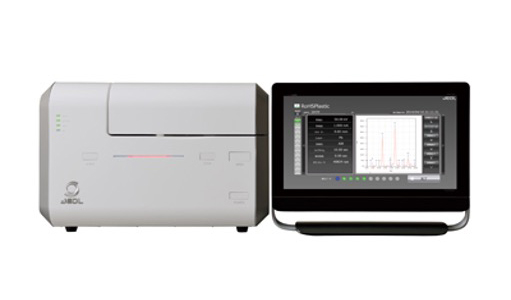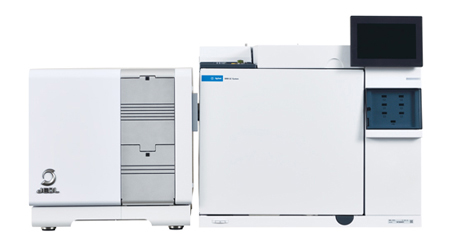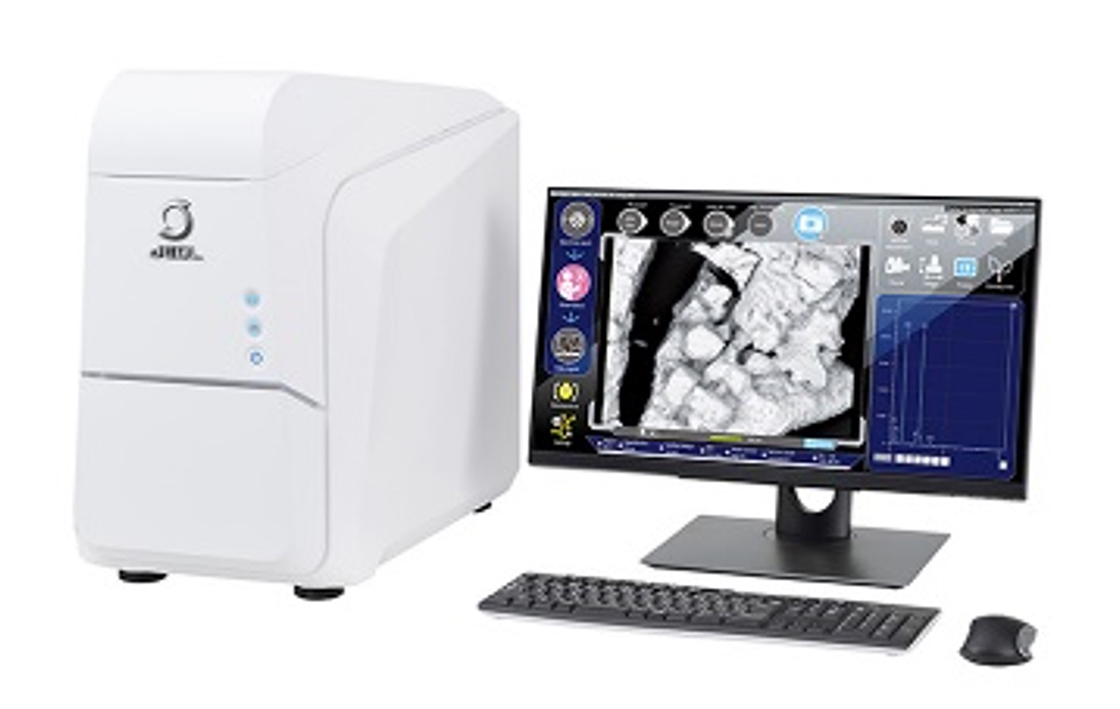Does the "water from Akishima" taste good? ~ We checked about it by using JEOL instruments ~
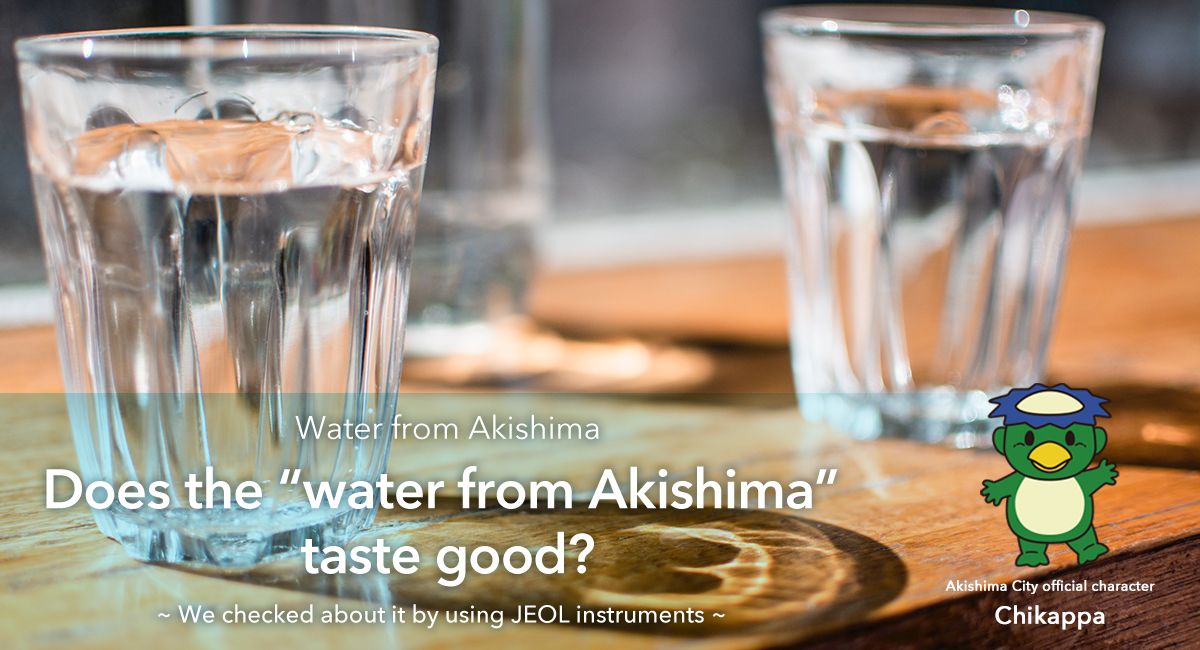
The drinking water from Akishima City in Tokyo, where JEOL's head office is located, is 100% deep groundwater that flows in layers deeper than 70 meters below the surface.
Akishima City is the only municipal to use the deep groundwater only as a water source in Tokyo.
Deep groundwater is the result of rain and snow that have fallen on the mountains and gradually seeped in over a period of 30 years.
As the water seeps into the strata, the soil acts as a filter, removing impurities and dissolving carbonic acid and minerals as it seeps in. The drinking water from Akishima City which uses the deep groundwater tastes as good as commercial mineral waters. ("Tasty 100% groundwater" from the official web site of Akishima City)
Does 100% groundwater taste good?
Therefore, we scientifically studied whether the "water from Akishima" tastes good or not by using analytical instrument of JEOL, which develops the world's top-level advanced instrument in the nanotechnology field, including electron microscopes.
Instrument used: Energy Dispersive Fluorescent X-ray Spectrometer
This instrument can easily measure the major elements and trace elements in solids, powders, and liquids. Utilizing this feature, it is used in identifying materials in foreign matters and screening hazardous heavy metal elements contained in products and foods. When X-rays are irradiated to a sample, the X-rays which have energy specific to elements in the sample are generated. These are called "fluorescent X-ray".
The fluorescent X-ray spectrum (figure) of the "water from Akishima" is shown below. We can identify the kind of element from the peak energy, and the concentration from the intensity of X-rays.
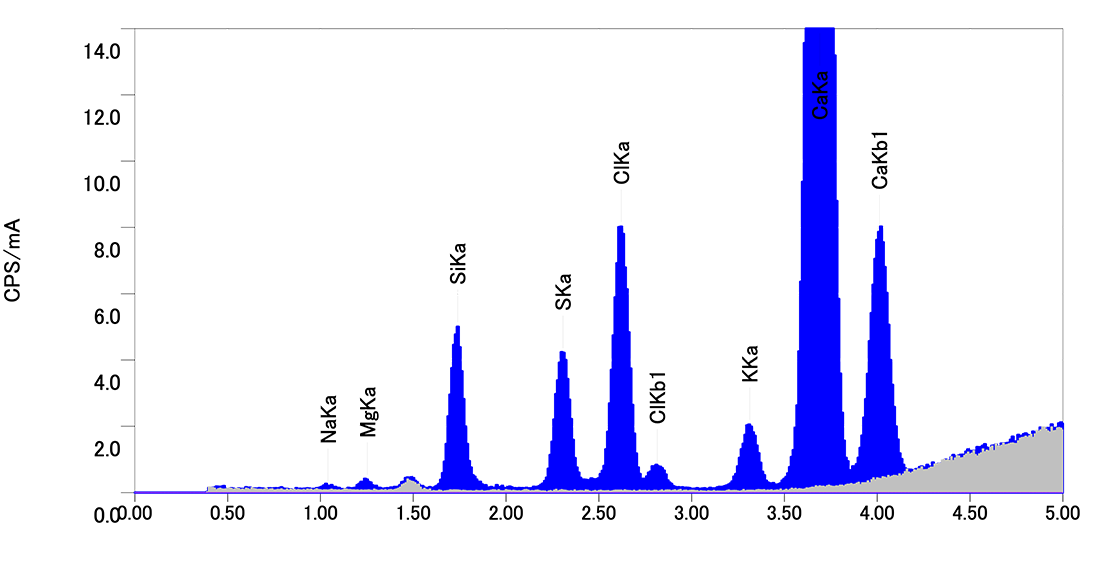
Analysis result of the "Water from Akishima" Amount collected: 10 μL
(about 1/3 of a teardrop)
Comparison with commercially available
mineral waters in Japan (mg / L)
①Content of Minerals
We compared the mineral contents of the "water from Akishima" with commercially available mineral waters A and B. In the groundwater, mineral components such as Na (Natrium), Mg (Magnesium), Si (Silicon), and Ca (Calcium) tend to be contained. The "water from Akishima" is found to have more components of these compared with mineral waters in the market.
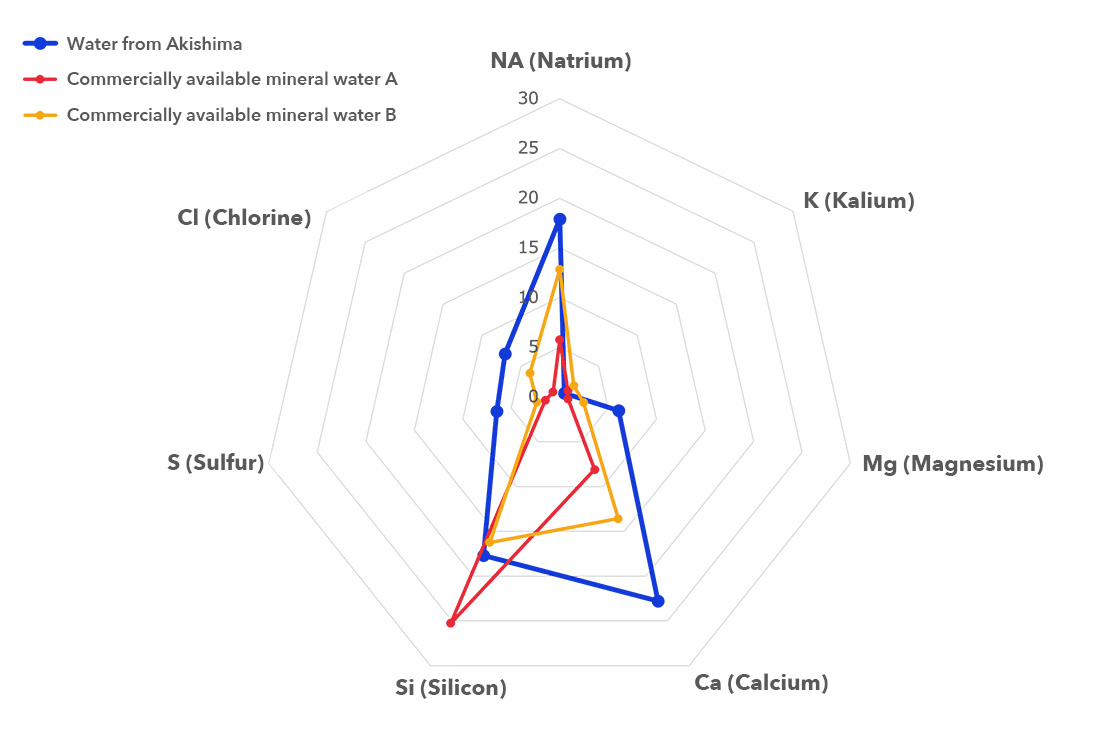
②Hardness
The measure of the amount of calcium and magnesium dissolved in water is called "hardness". The "water from Akishima" is a medium-hard water with a hardness of less than 100 mg / L. The hardness of tasty water is said to be 10 to 100 mg / L ("Requirement of tasty water" by Tasty Water Research Group, Ministry of Health (now Ministry of Health, Labour and Welfare) in 1985), so the water from Akishima is considered "tasty water" in terms of hardness.
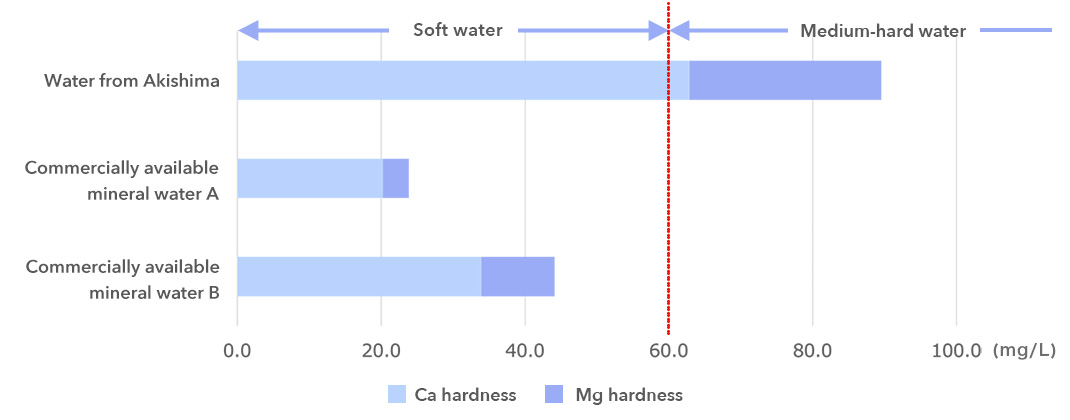
Mg / L: Unit of concentration indicating how many milligrams of a substance are contained in a liter of water
JEOL instruments are helping to provide safe water.
Gas chromatograph mass spectrometer
Drinking water is required not only to be "tasty" but also "safe". Especially, since the hazardous chemical substances that will affect the health of humans even if the amount is small, a strict test is conducted for drinking water. Above all, in case of the groundwater, the possibility is known to be contaminated by a hazardous chemical substance called "volatile organic compound", the micro volume chemical substance of these are strictly tested.
Since the gas chromatograph mass spectrometer is able to detect these chemical substances at a high sensitivity, it is utilized at the site checking "water safety" such as the inspection center of water authority.
Scanning electron microscope
By irradiating electron beams to a sample, observations can be made at a higher magnification than with an optical microscope and even an elemental analysis can be performed. It is useful for investigating foreign substances and microorganisms contained in water to deliver safe water.

Free water supply spots for the "water in Akishima"
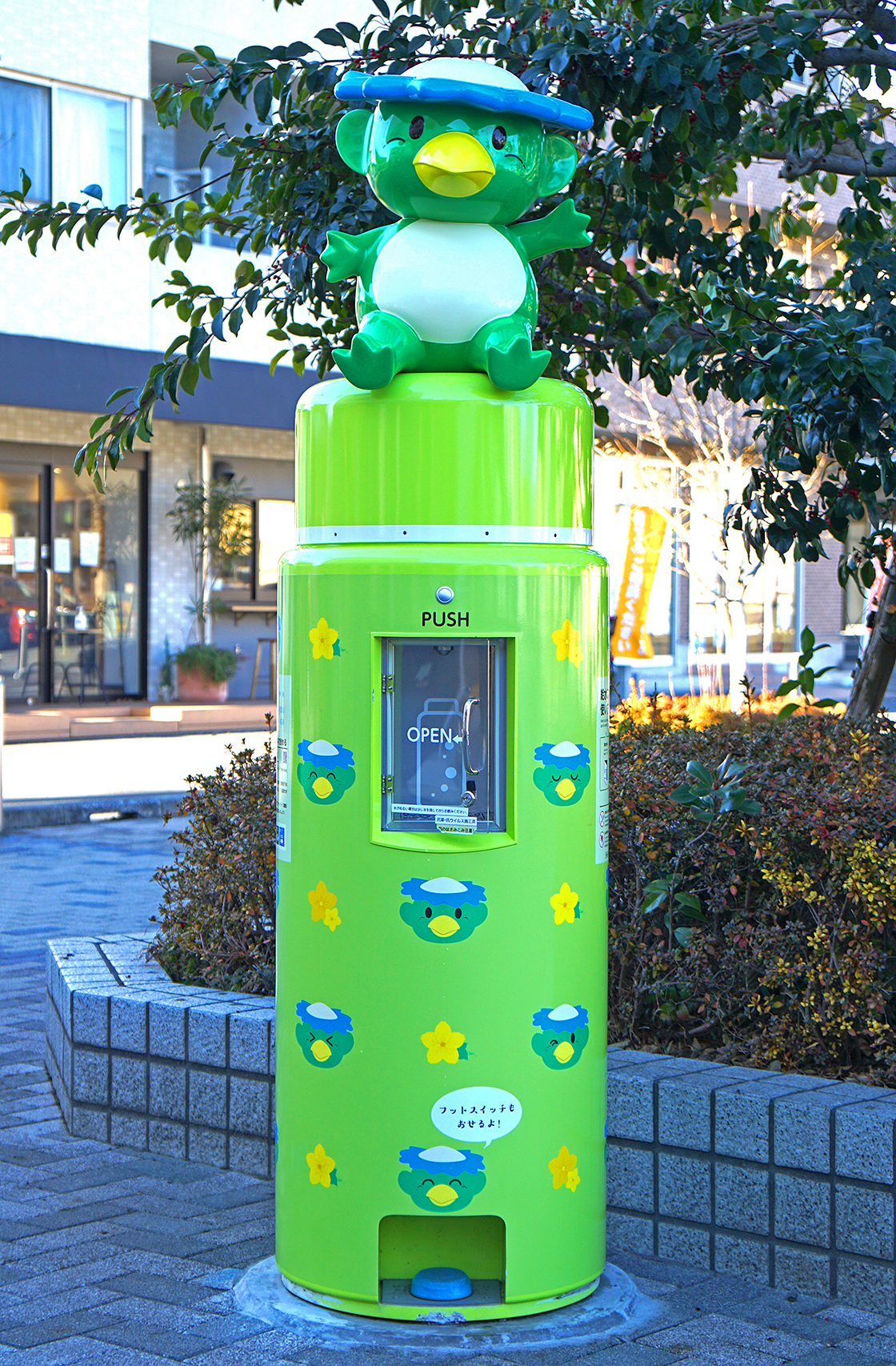
Akishima City has set up water supply spots where people can fill their own bottles with water for free. There are four locations: in front of Haijima, Akishima, Nakagami, and Higashinakagami stations on the JR Ome Line in order to reduce plastic waste such as disposable plastic bottles, promote understanding of the Sustainable Development Goals (SDGs) set by the United Nations, and promote tasty water. The official character of Akishima City, "Chikappa," is a landmark.
Solutions by field
Are you a medical professional or personnel engaged in medical care?
No
Please be reminded that these pages are not intended to provide the general public with information about the products.

